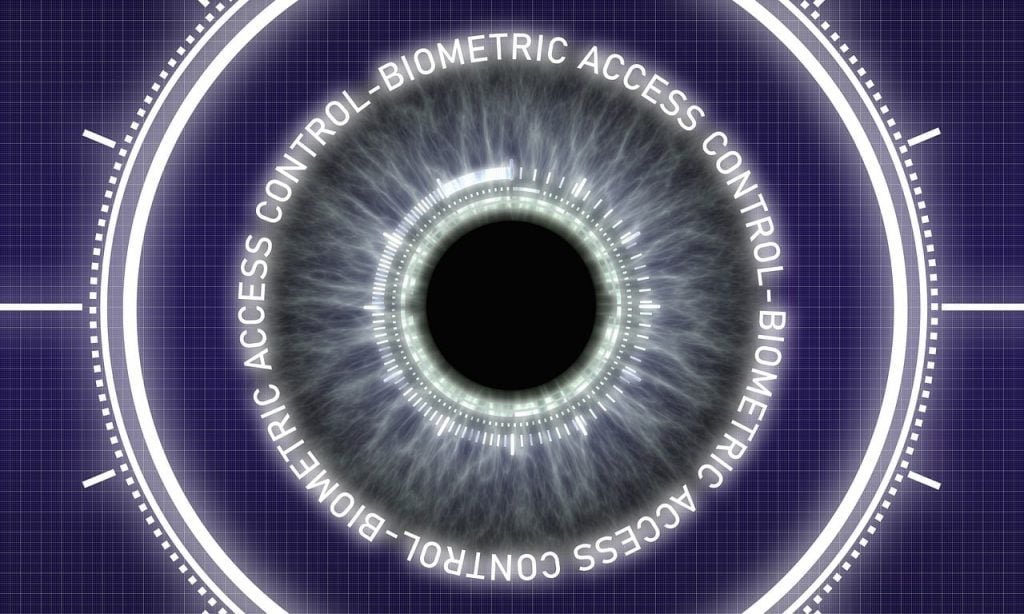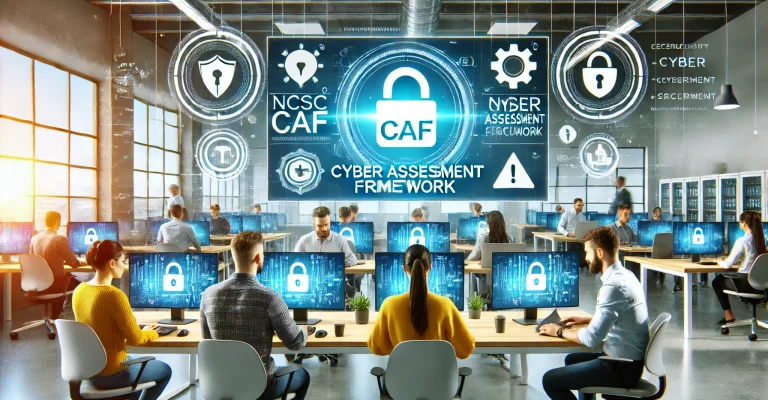Using Biometrics in Security
The ongoing evolution of technology and the internet has significantly influenced our daily lives, especially in the realm of security. In this digitally connected world, authentication technologies are not just an essential part of securing information; they’re an essential part of our future. Let’s take a deeper look at some of the most prevalent biometric technologies and how they’re shaping our world.

1. Fingerprint Recognition: The Touch of Security
Fingerprint recognition isn’t new, but its applications are continually growing. From unlocking smartphones to securing bank accounts, fingerprints have become a part of our daily routine. Pros:
- Highly Accurate: Rarely are two fingerprints the same.
- Difficult to Forge: Replicating a fingerprint is no easy feat.
Cons:
- Sensitivity: Dirt and moisture can impede recognition.
- Privacy Concerns: Storing fingerprints can lead to privacy issues.
2. Facial Recognition: Face the Future
From tagging friends on social media to immigration control at airports, facial recognition is revolutionizing the way we verify identity. Pros:
- Convenience: Just look at the camera and you’re in.
- Speed: It’s one of the quickest ways to authenticate identity.
Cons:
- Forgery Risks: Can sometimes be fooled with photos or videos.
- Privacy Issues: Ongoing debates regarding surveillance and privacy.
3. Eye Scans: Seeing Beyond the Surface
Iris and retina scans are often portrayed in sci-fi movies, but they’re very real and extremely secure biometric methods. Pros:
- Incredible Accuracy: The patterns in your eyes are unique.
- Tamper-Resistant: Very difficult to forge or manipulate.
Cons:
- Costly: Specialized equipment can be expensive.
- Perceived Intrusiveness: Some users may find the scans unsettling.
4. Voice Recognition: Speak Up for Security
Voice-controlled assistants like Siri or Alexa are common, but voice recognition is also a powerful security tool. Pros:
- Accessibility: Great for hands-free operations.
- Versatile Applications: Used in banking, customer service, and more.
Cons:
- Noise Sensitivity: Doesn’t work well in noisy environments.
- Health Sensitivity: A cold or sore throat may lock you out.
5. Behavioral Biometrics: Actions Speak Louder
Behavioral biometrics is an exciting field that examines how you act rather than who you are. Your typing style or how you move your mouse could be your next password. Pros:
- Personalized Security: Tailored to individual behaviors.
- Continuous Monitoring: Offers ongoing authentication.
Cons:
- Learning Curve: Needs to adapt to changes in user behavior.
- Potential False Positives: Unusual behavior may trigger alerts.
6. Multifactor Authentication (MFA): Layered Security
By combining something you know, something you have, and something you are, MFA provides a robust defense against unauthorized access. Pros:
- Increased Security: Layers make it harder to breach.
- Flexibility: Can be adapted to different levels of security needs.
Cons:
- User Inconvenience: Multiple steps might deter users.
- Recovery Issues: If you lose one factor, you could be locked out.
7. Vein Recognition: Security in the Blood
Vein recognition is one of the newest and most intriguing forms of biometrics, reading the unique pattern of veins within the hand or finger. Pros:
- Cutting-edge Security: Extremely difficult to replicate.
- Hygienic: Non-contact scanning is clean and unintrusive.
Cons:
- High Costs: The technology is still expensive.
- Limited Adoption: Not as widely used or accepted yet.
Emerging Trends and Considerations
As technology evolves, new methods and refinements to existing techniques are on the horizon. Some areas to watch:
- Artificial Intelligence and Machine Learning: Enhancing accuracy and adaptability.
- Regulatory Compliance: Balancing security with legal considerations.
- User Experience: Making biometrics user-friendly without compromising security.
- Data Protection: Ensuring biometric data is stored and transmitted securely.
Conclusion: A Future Secured by Biometrics
Biometrics is not just about technology; it’s about a fundamental shift in how we think about security and identity. By weaving together technology, law, ethics, and user experience, we can create a more secure and convenient world. But this requires ongoing vigilance, understanding potential risks, adapting to new challenges, and embracing the opportunities that these powerful technologies provide.
With the integration of these systems into everyday life, a future secured by biometrics seems not only possible but inevitable. It’s a thrilling time to be part of this ever-changing landscape, where a simple touch or glance can unlock the world.














